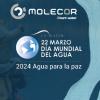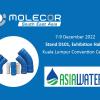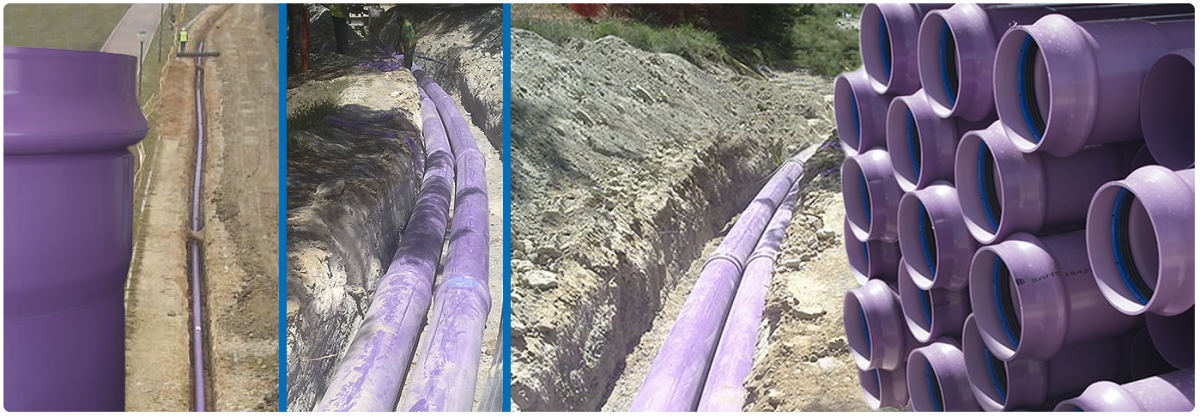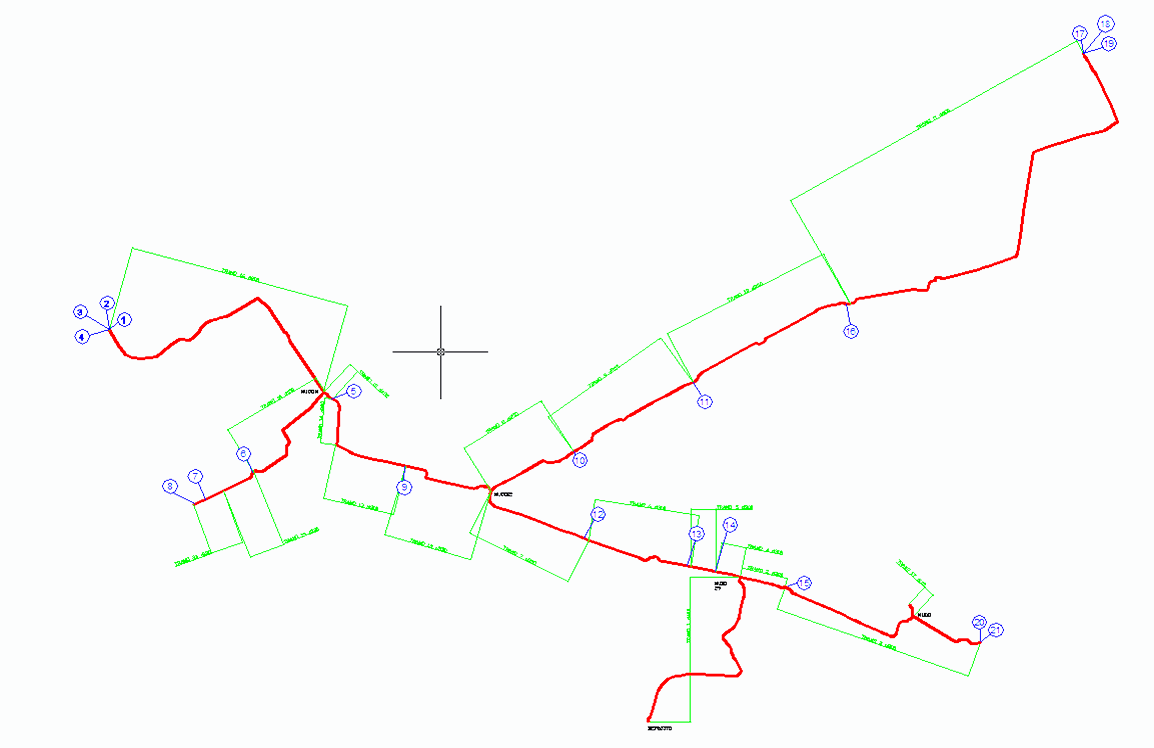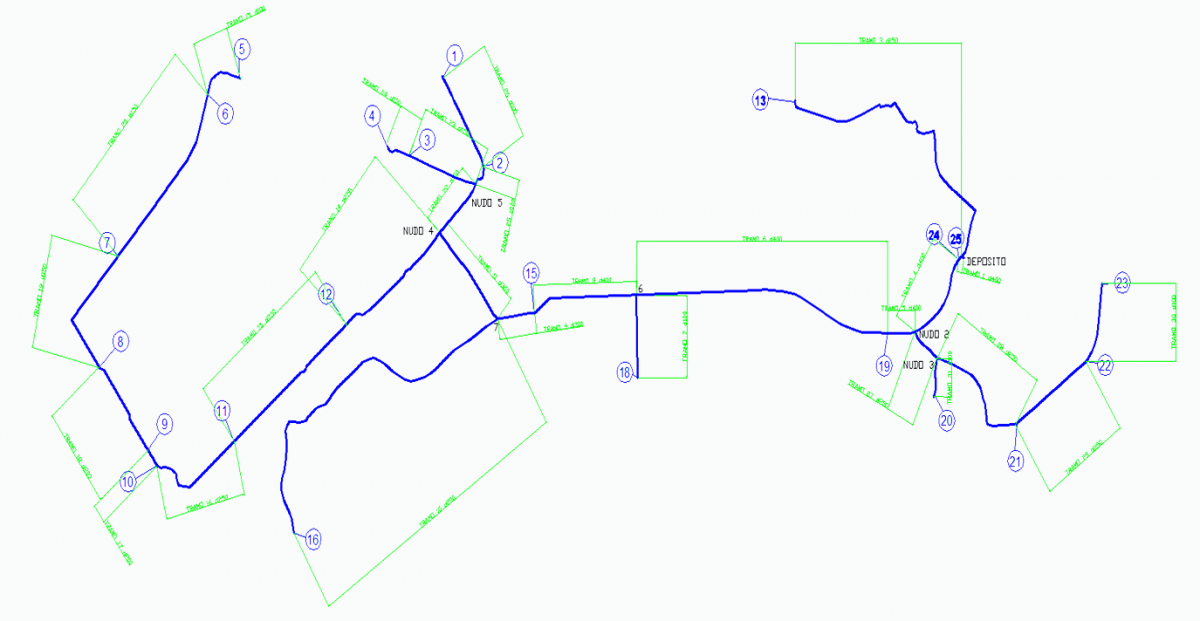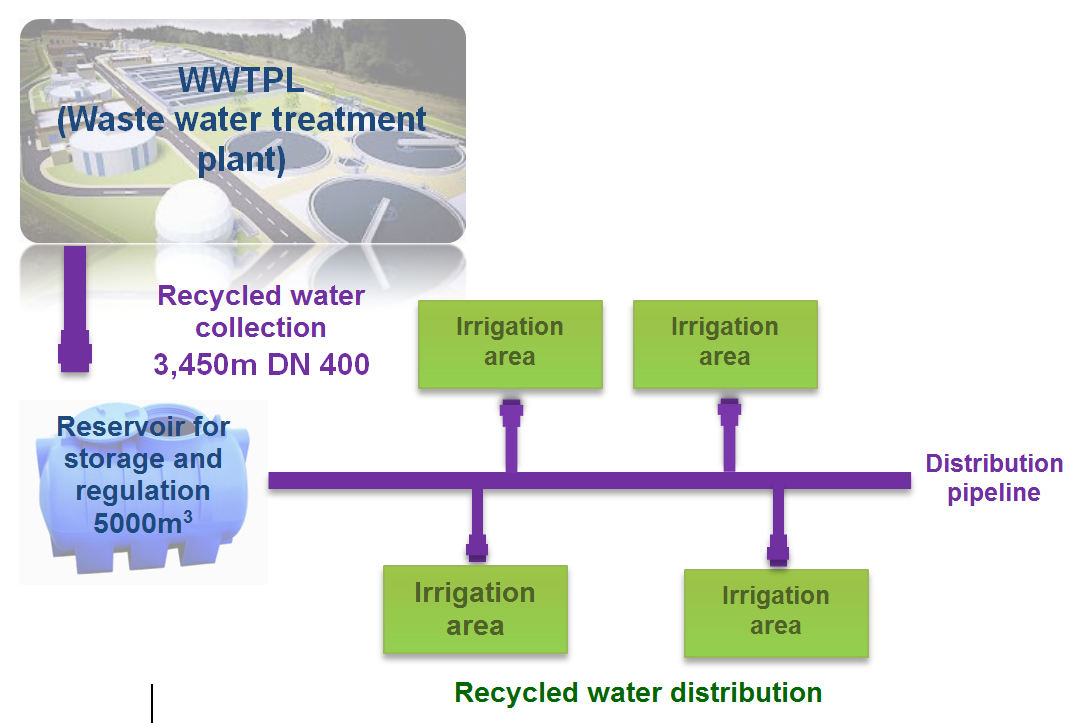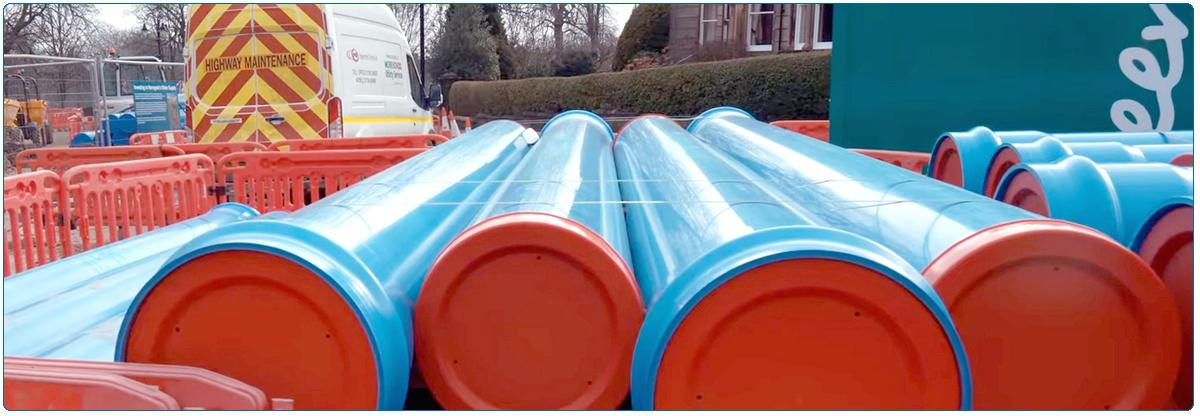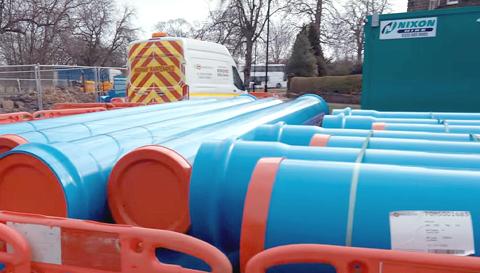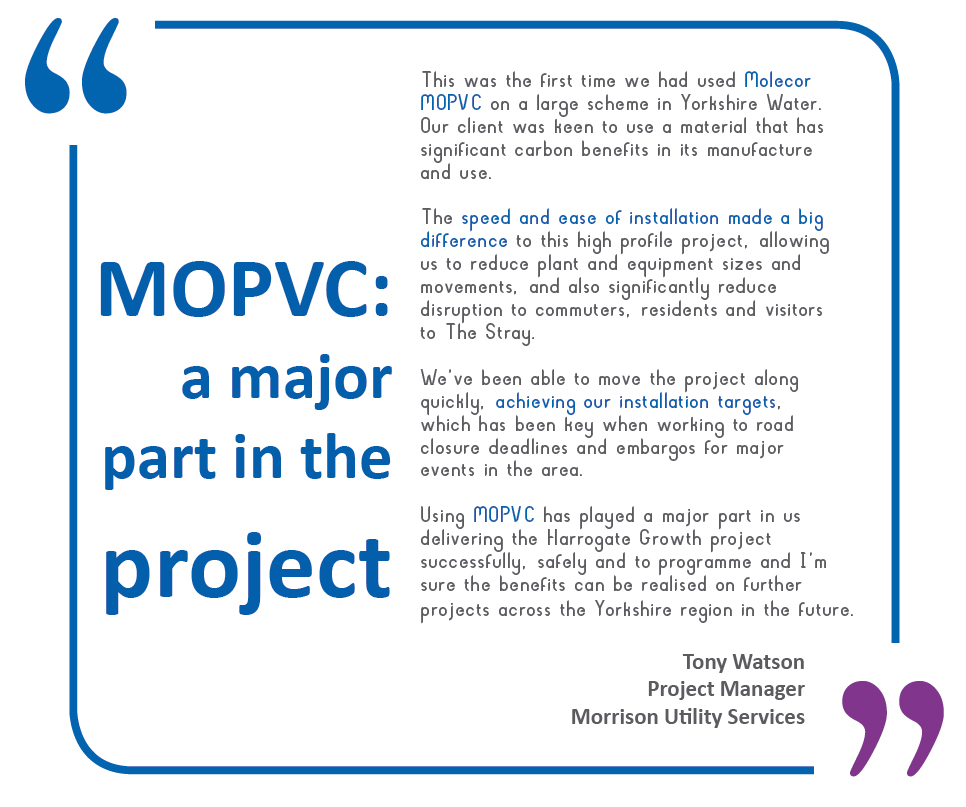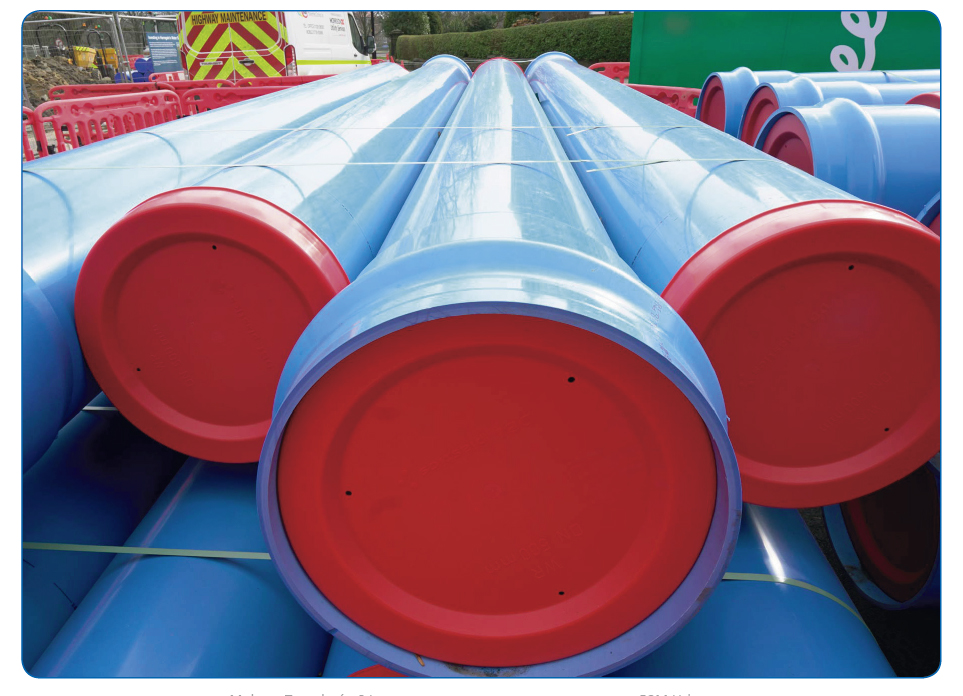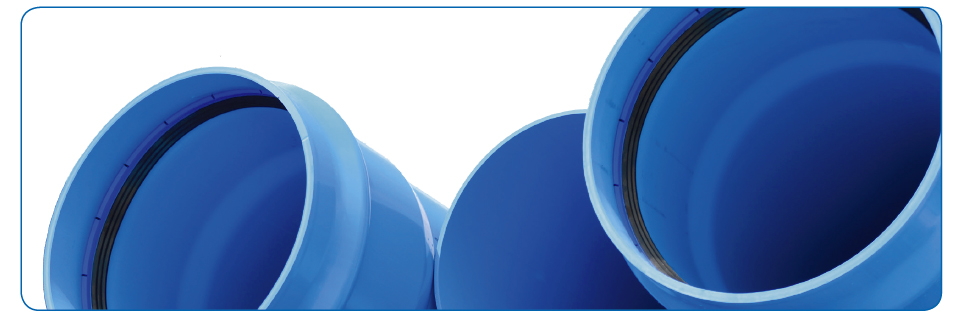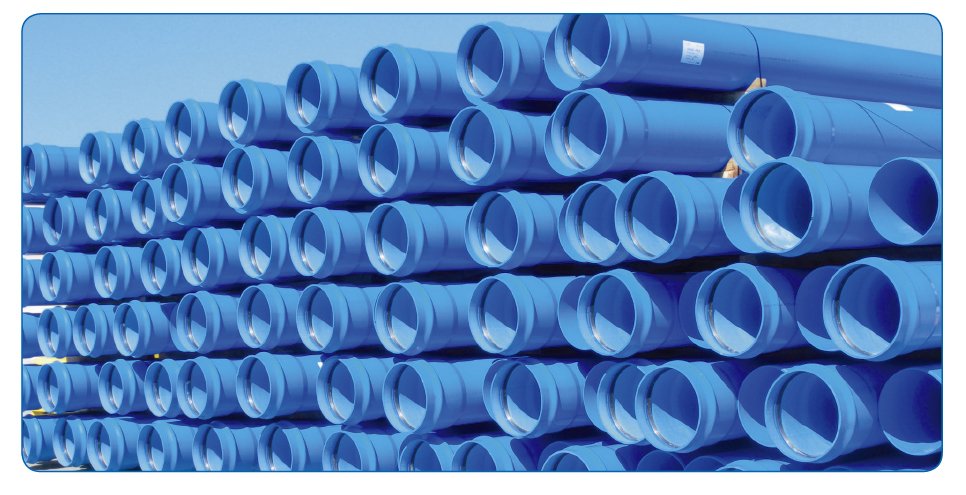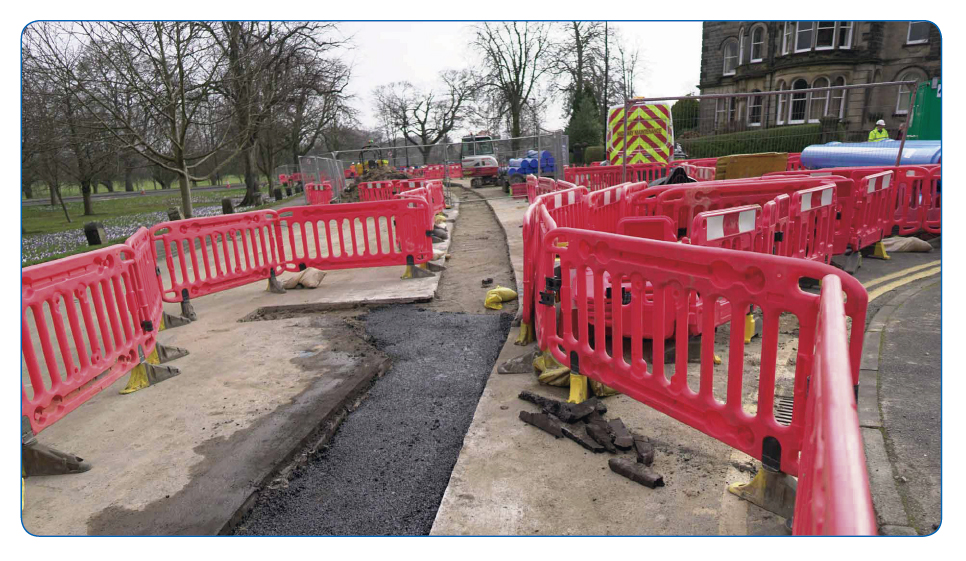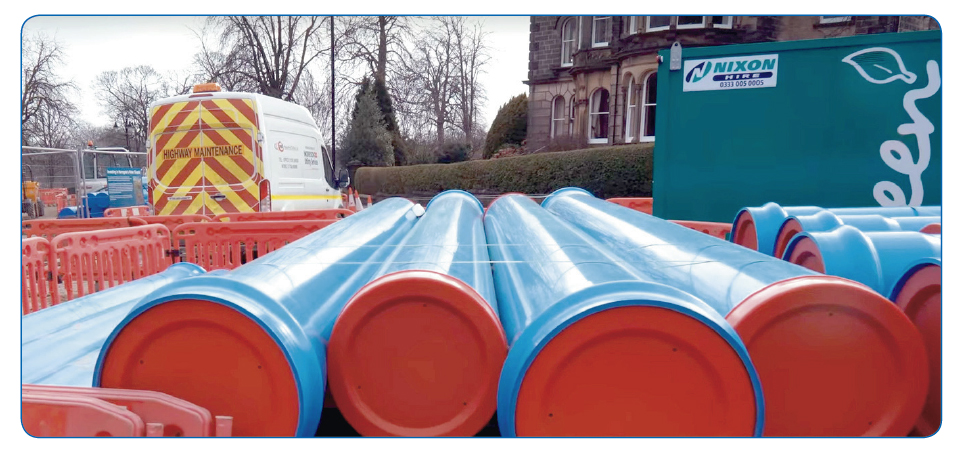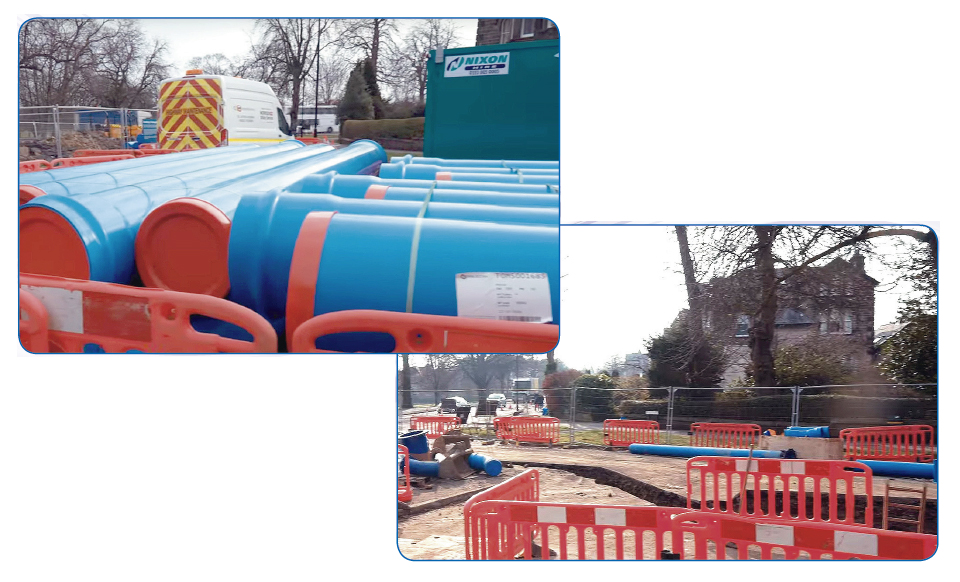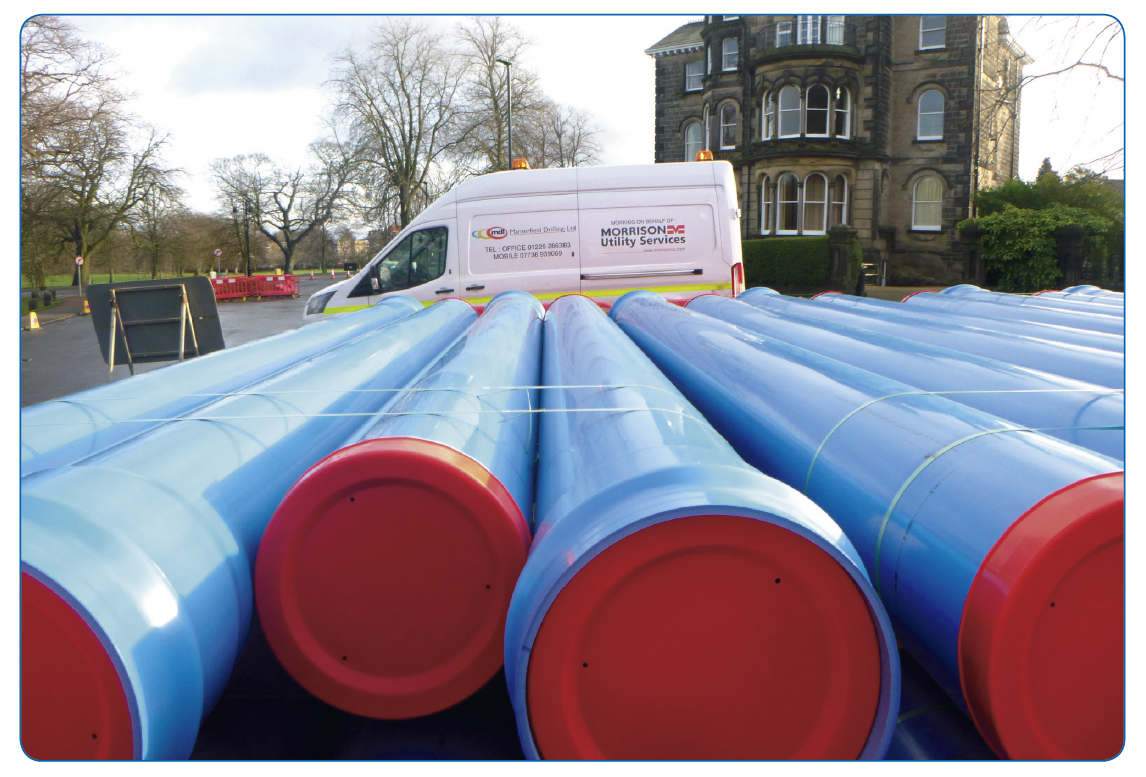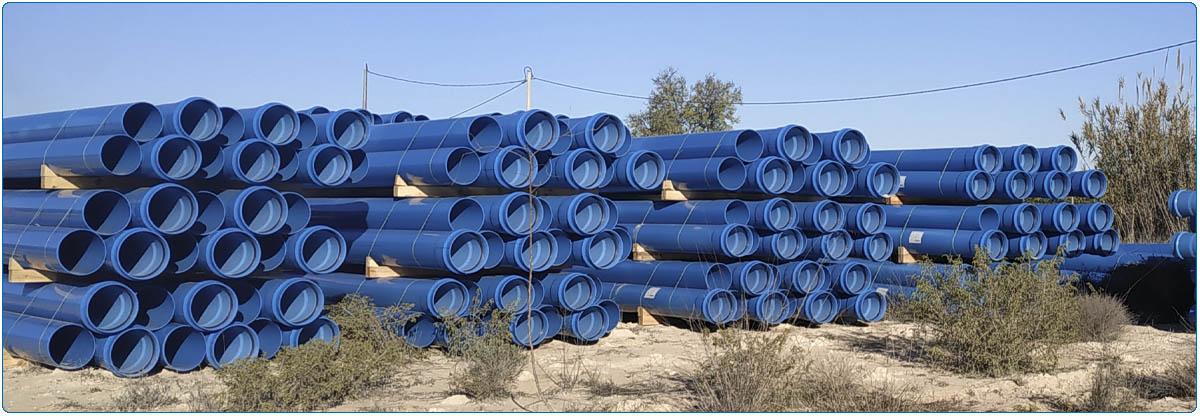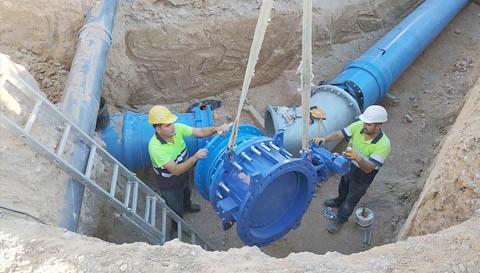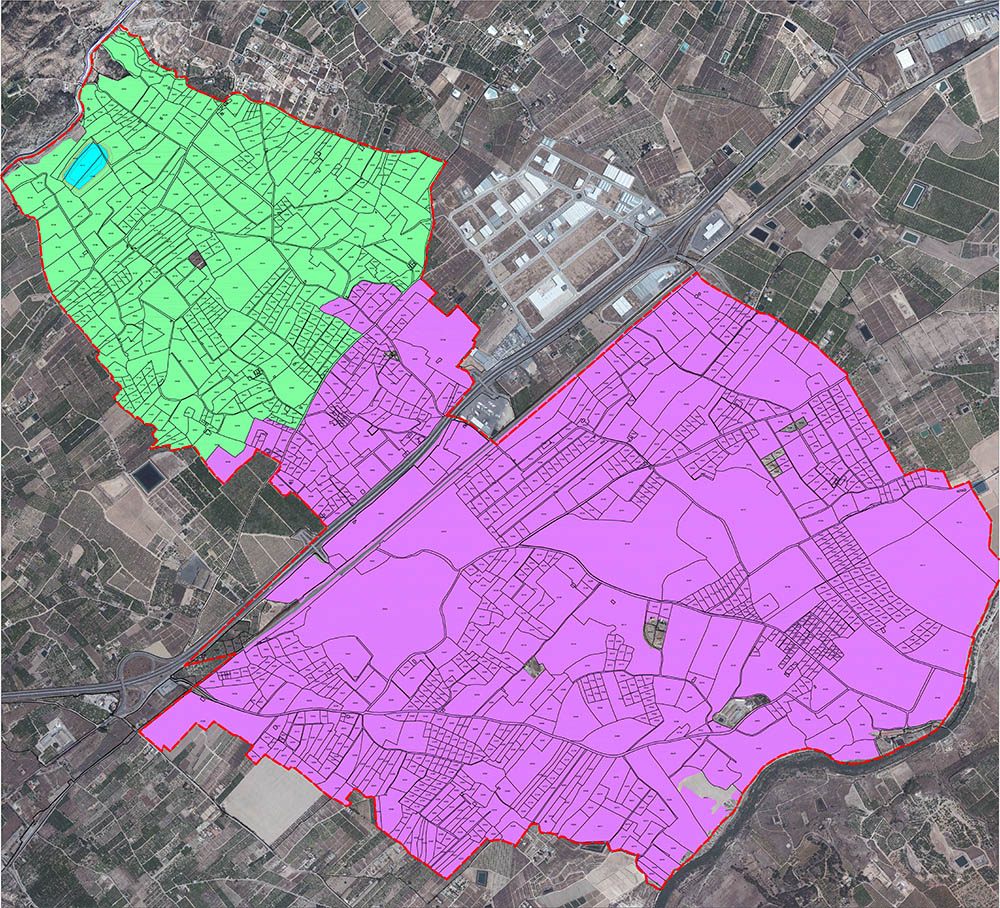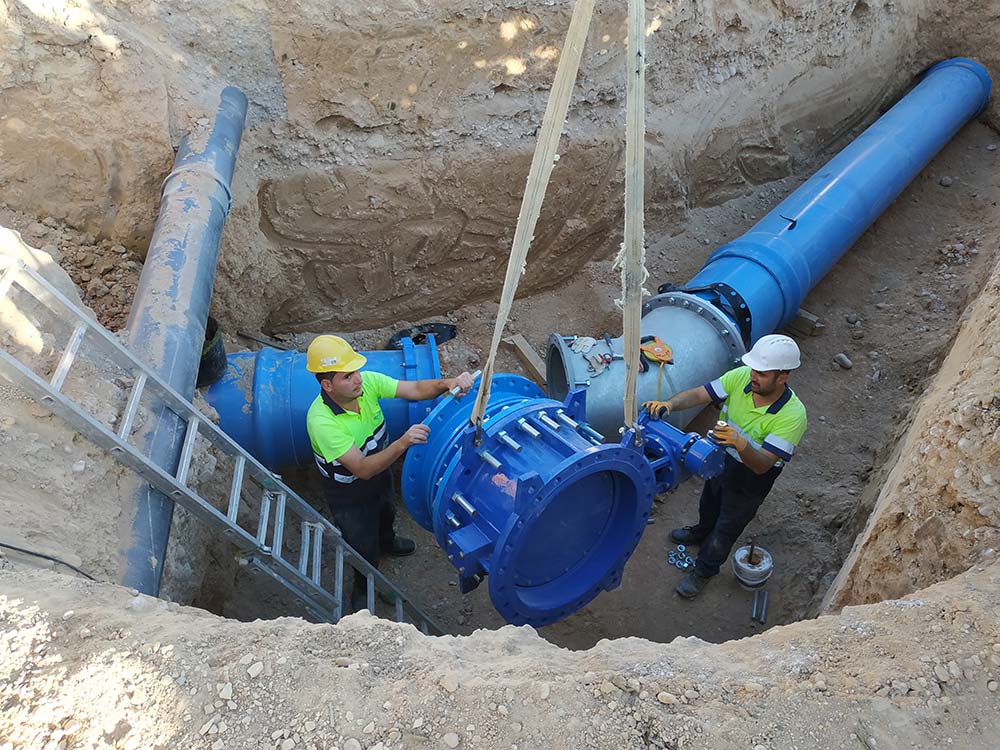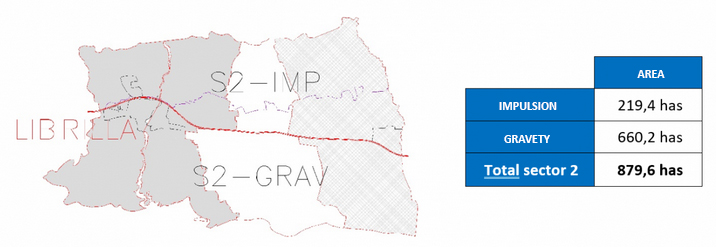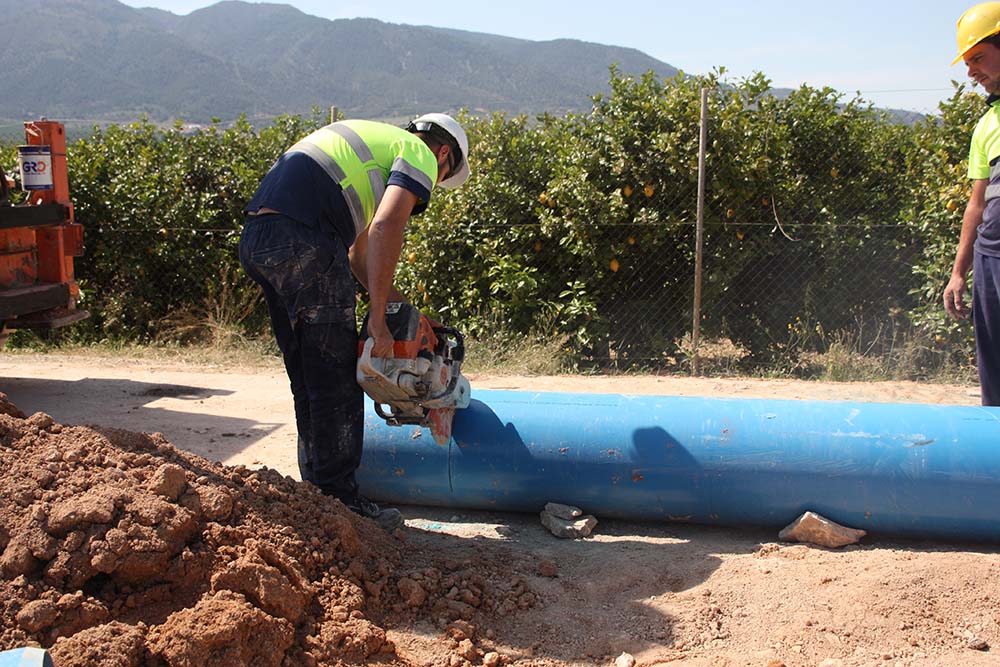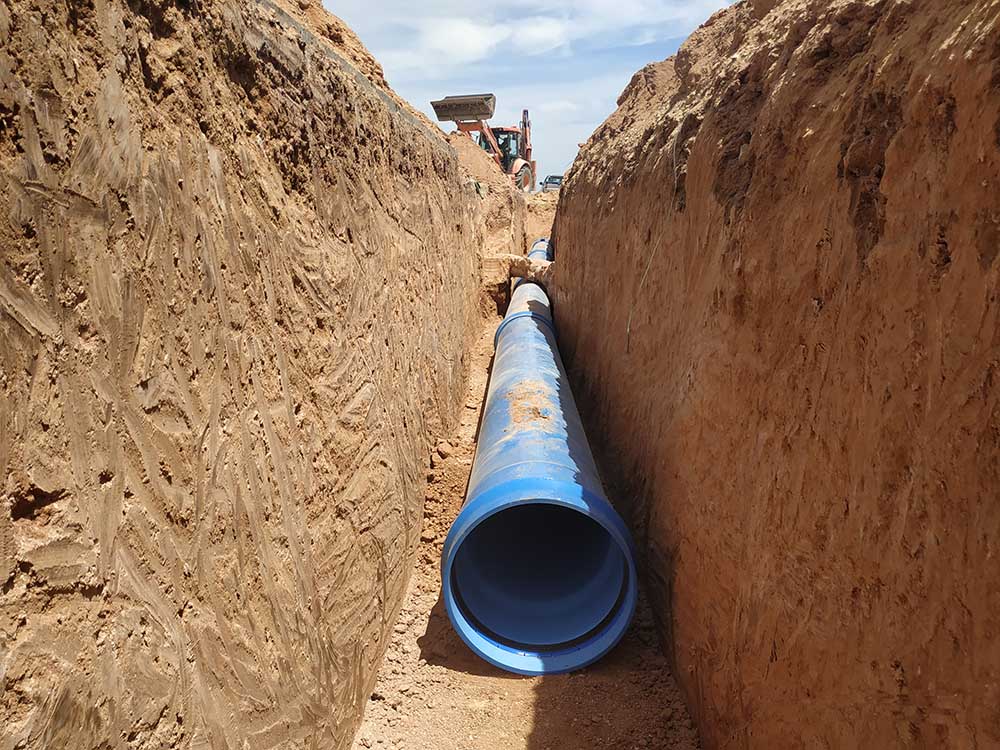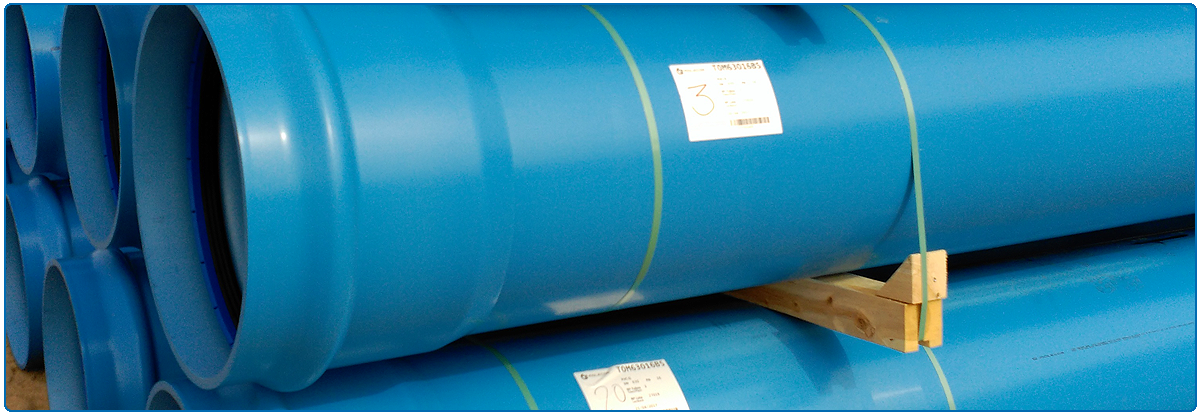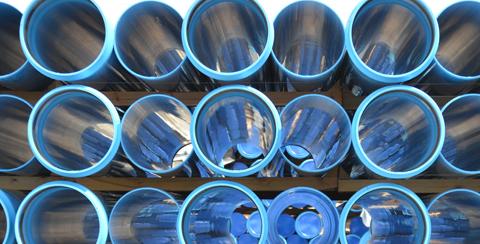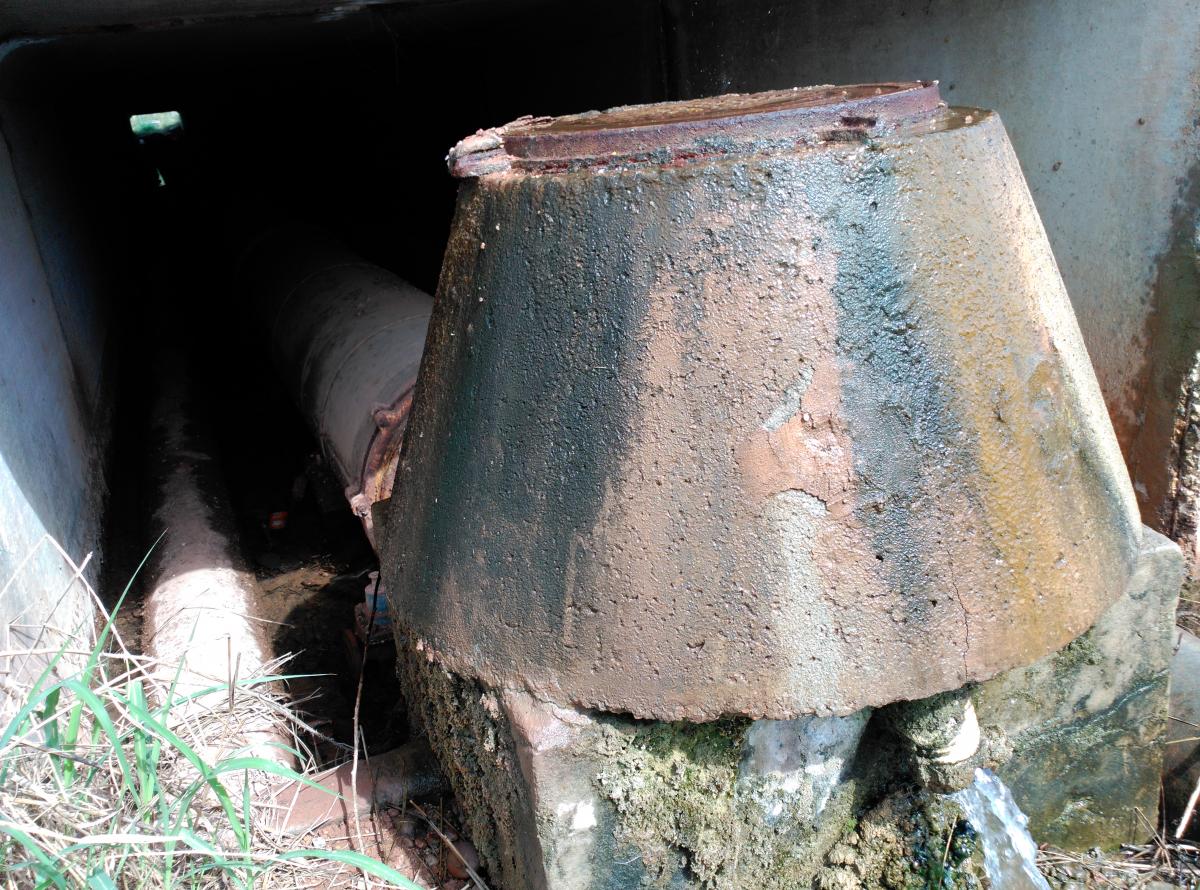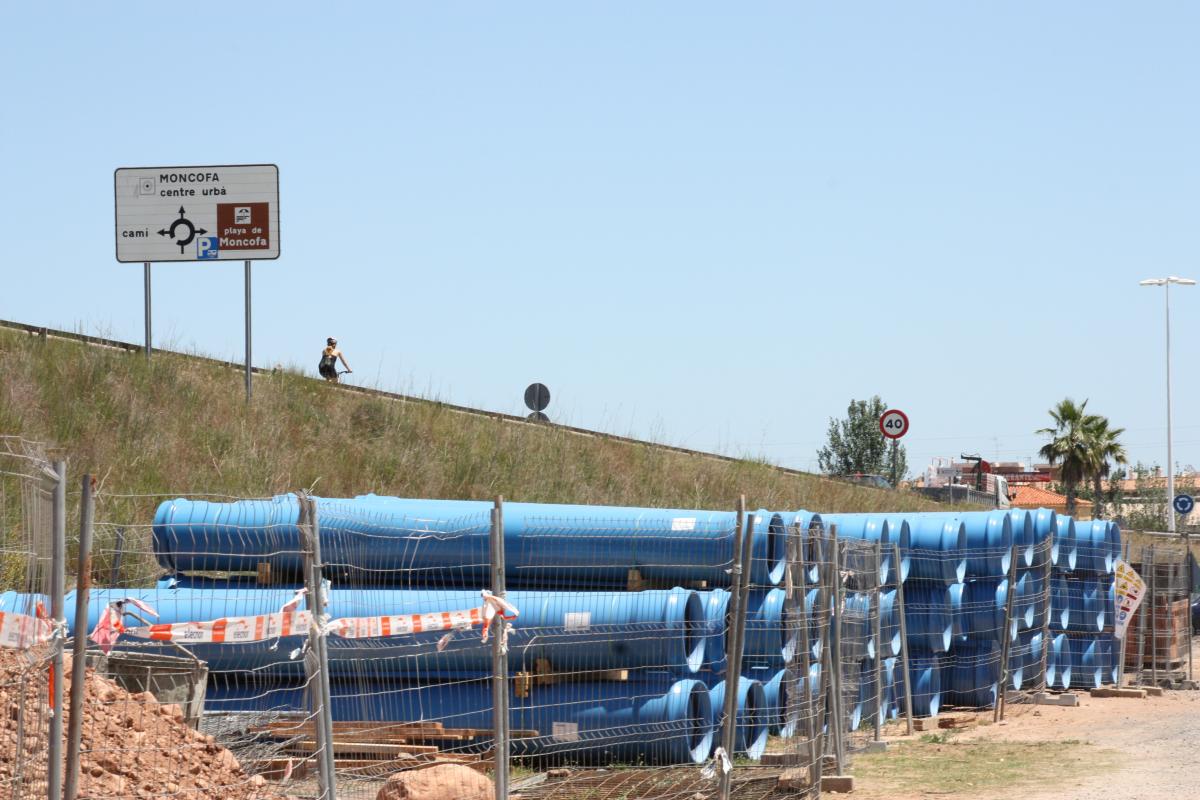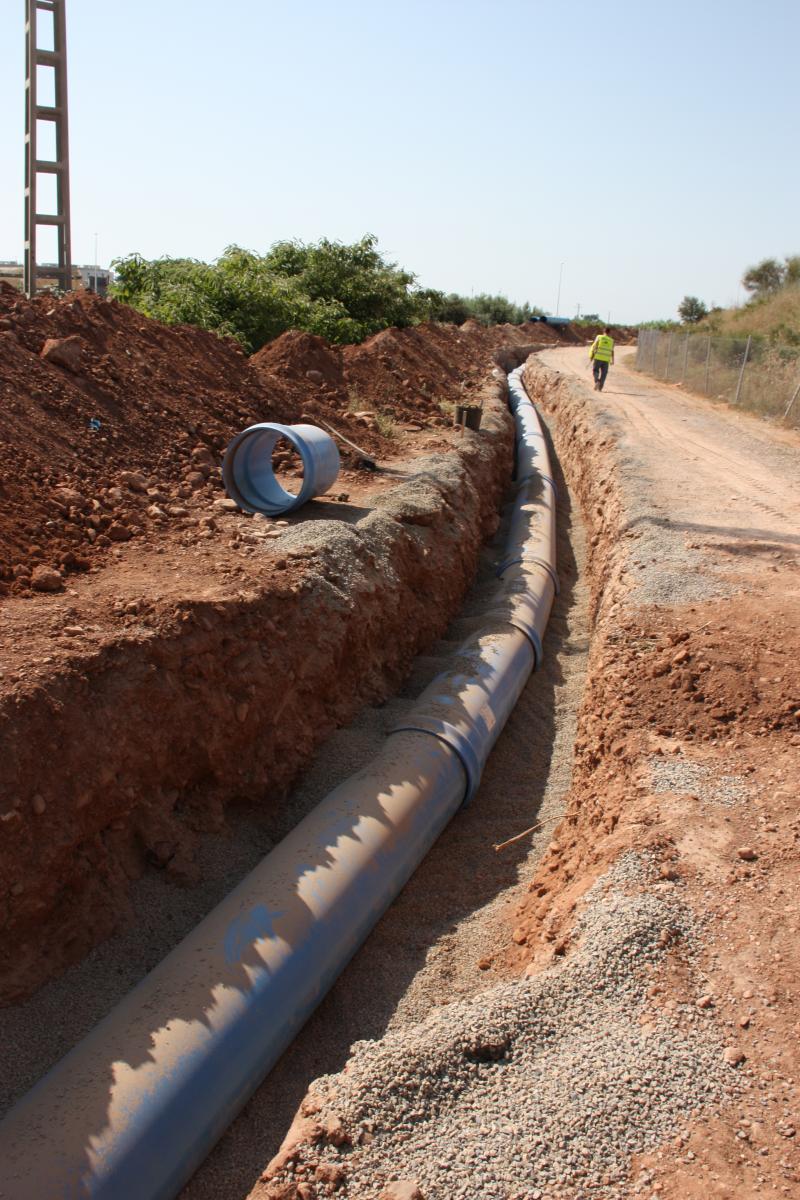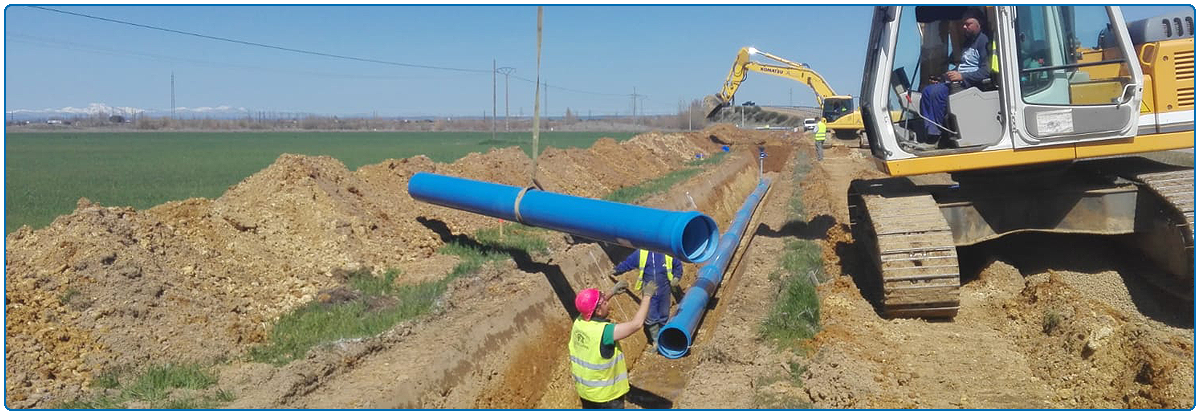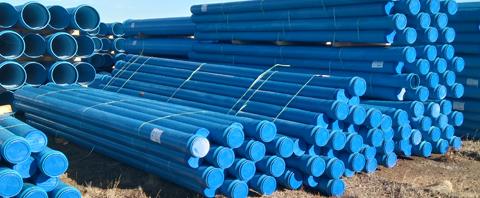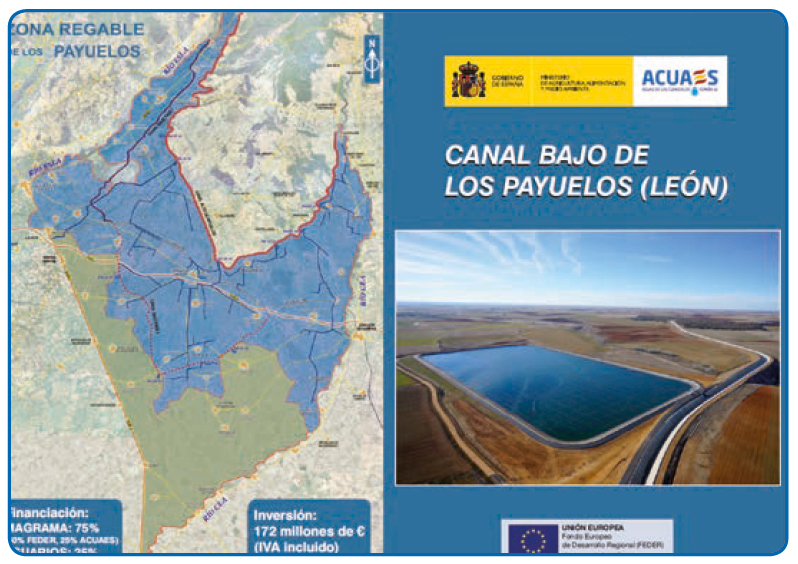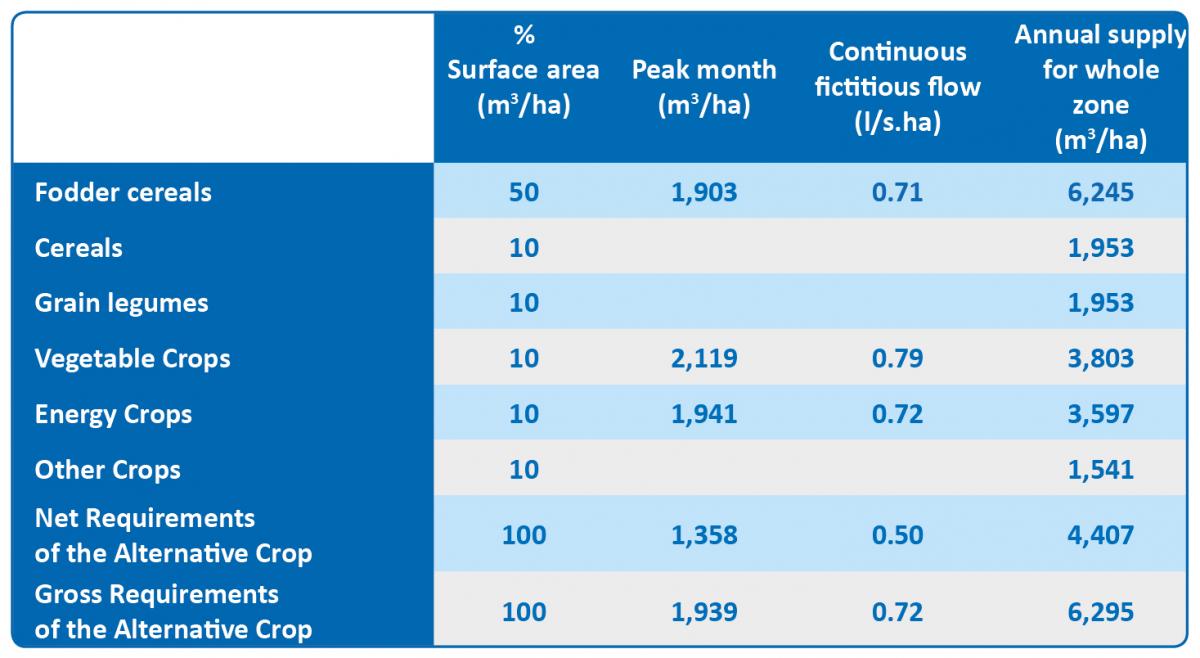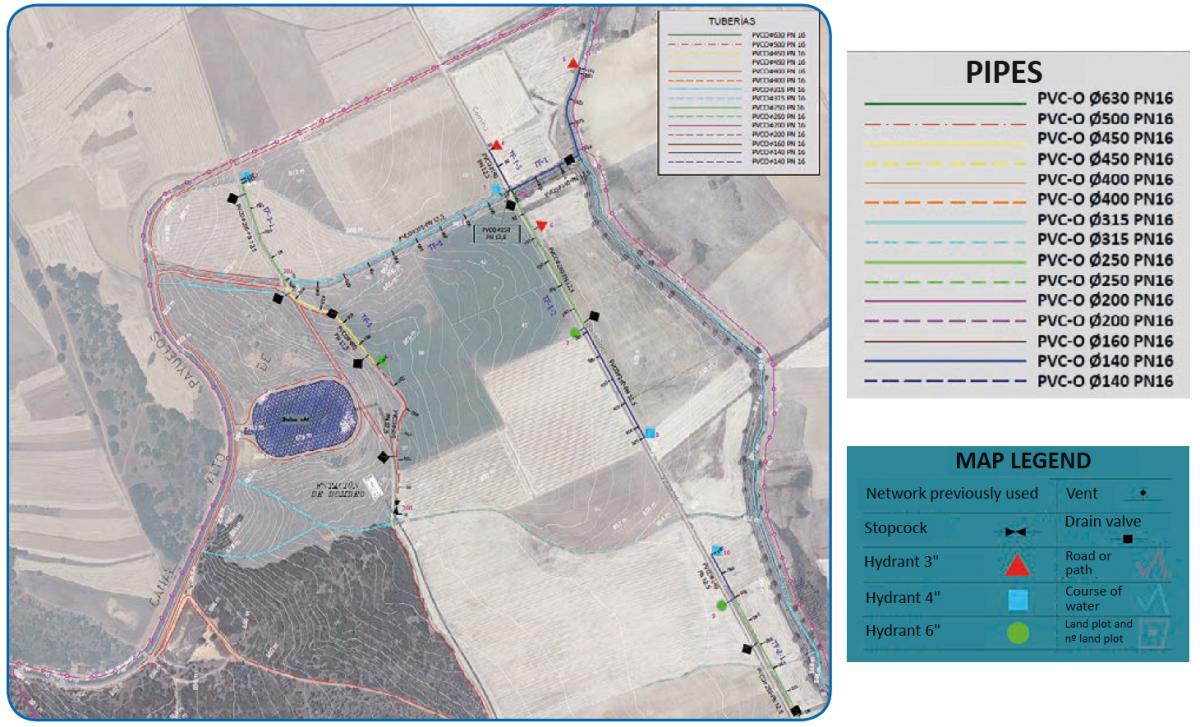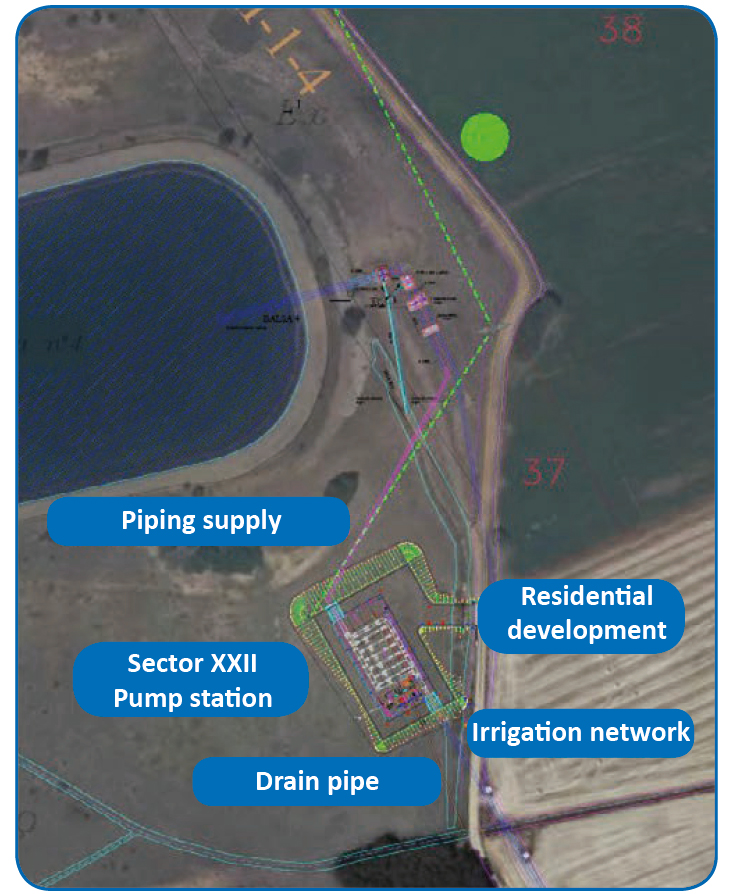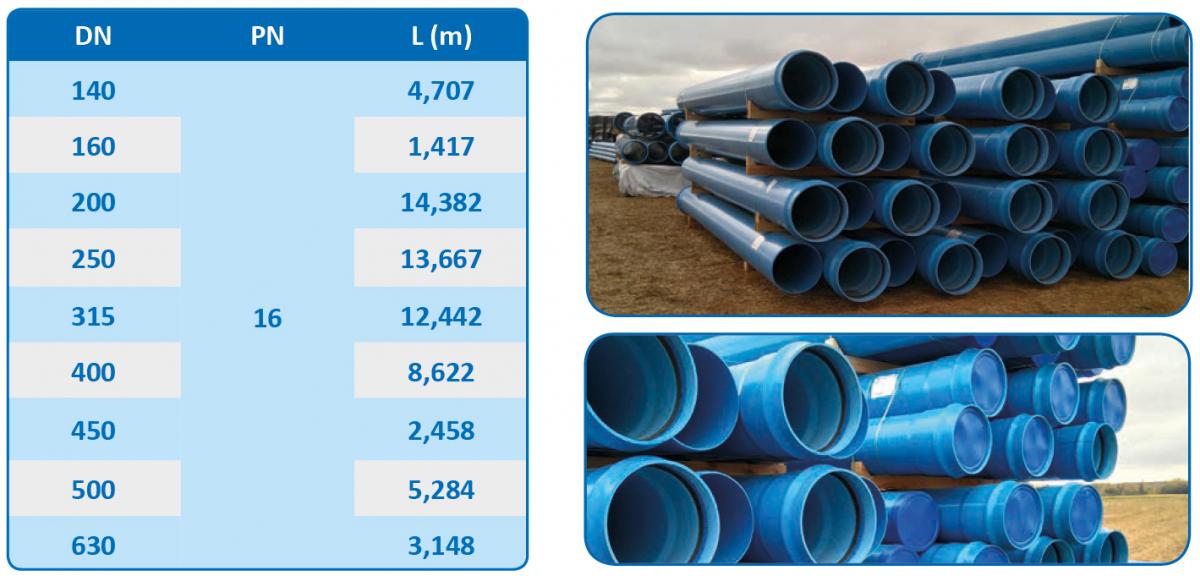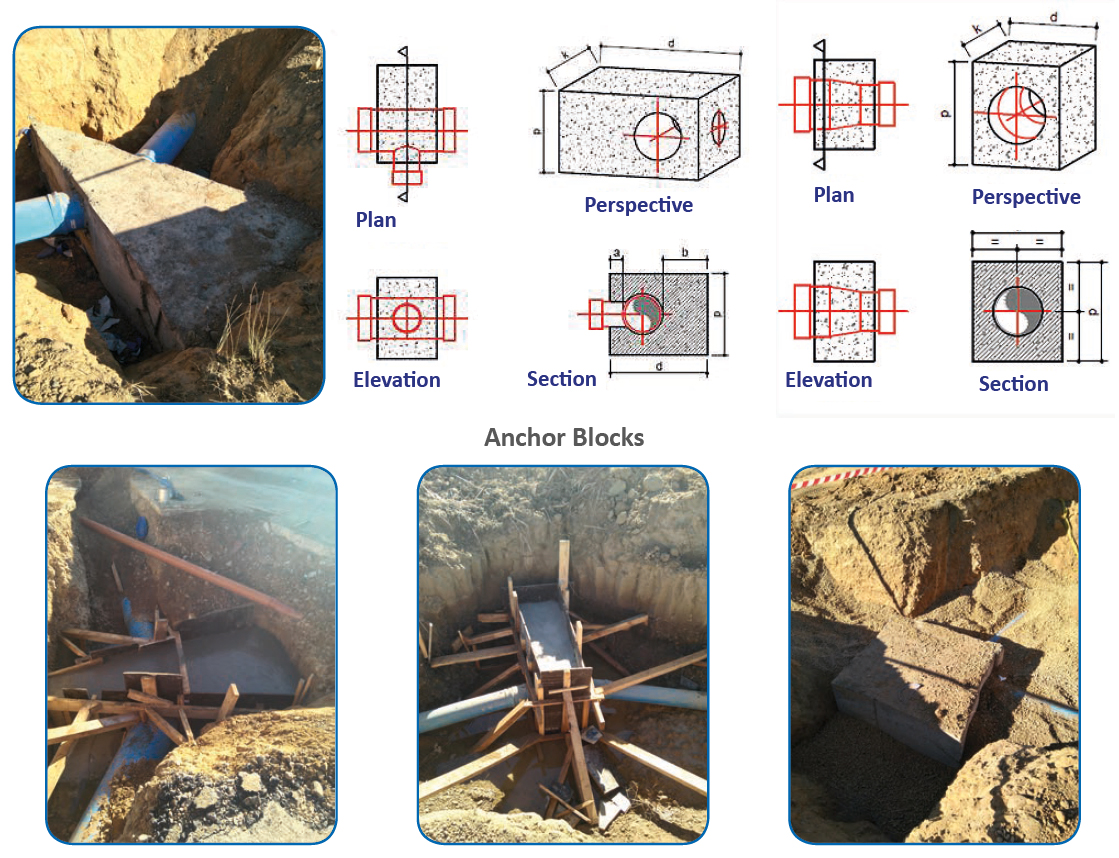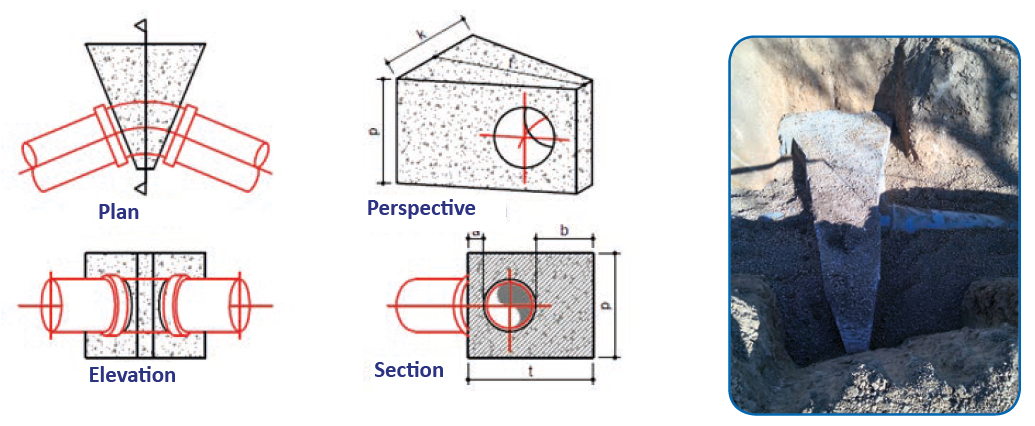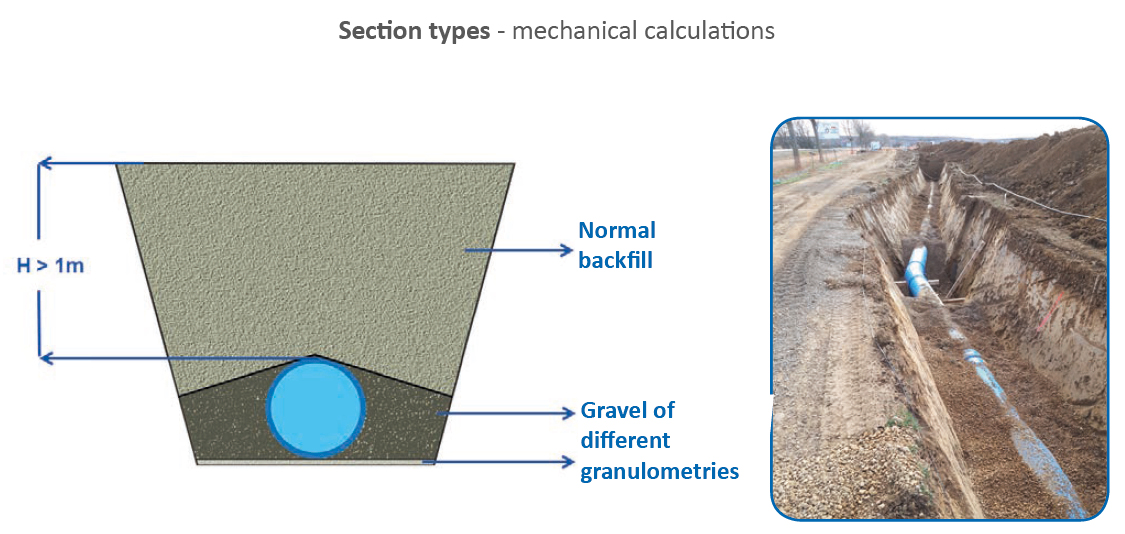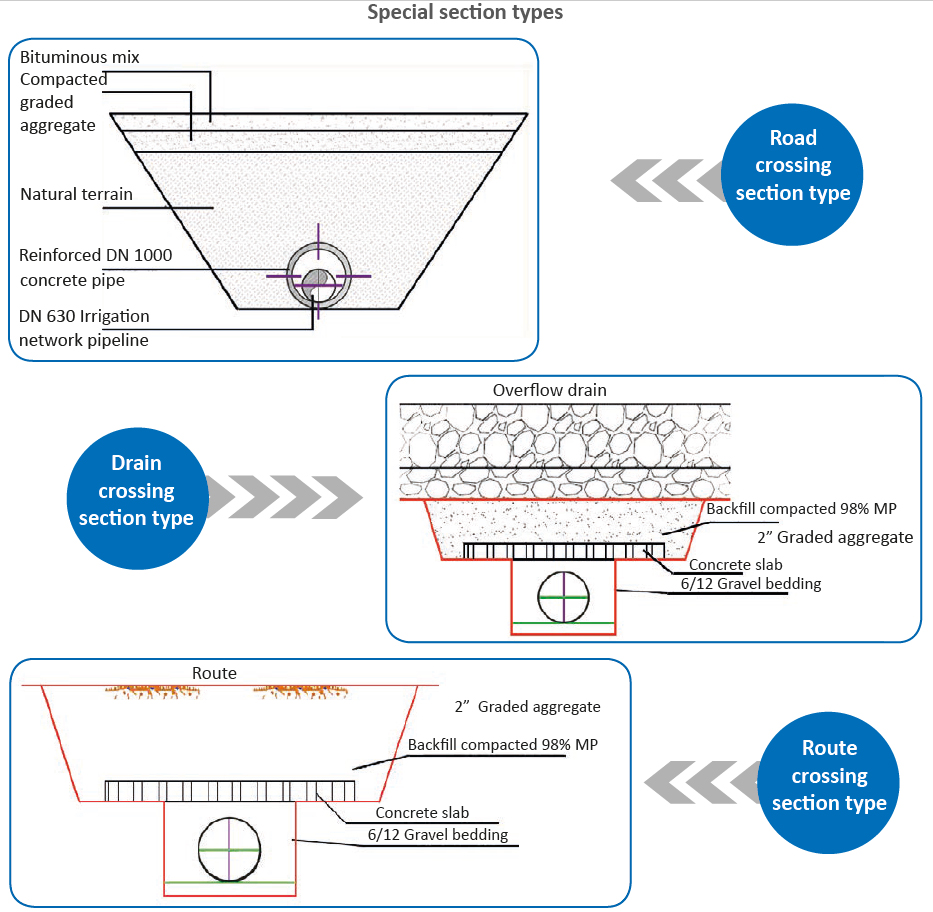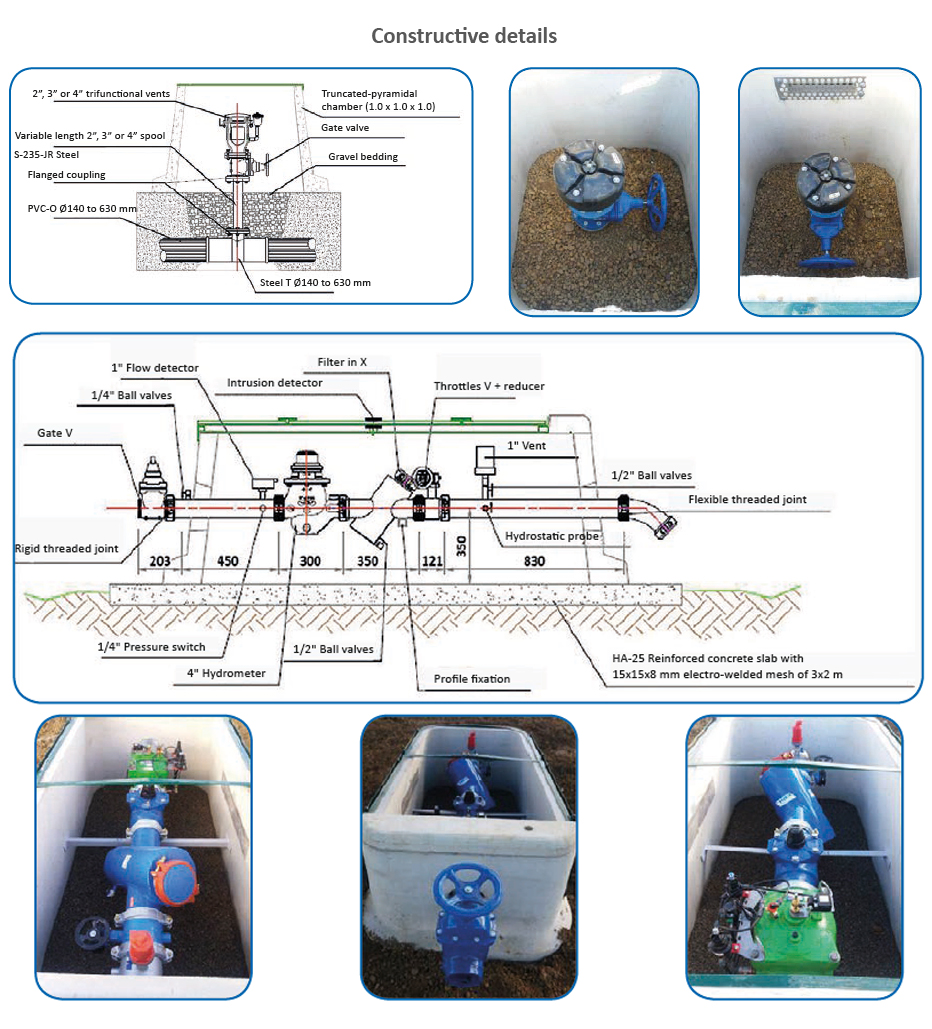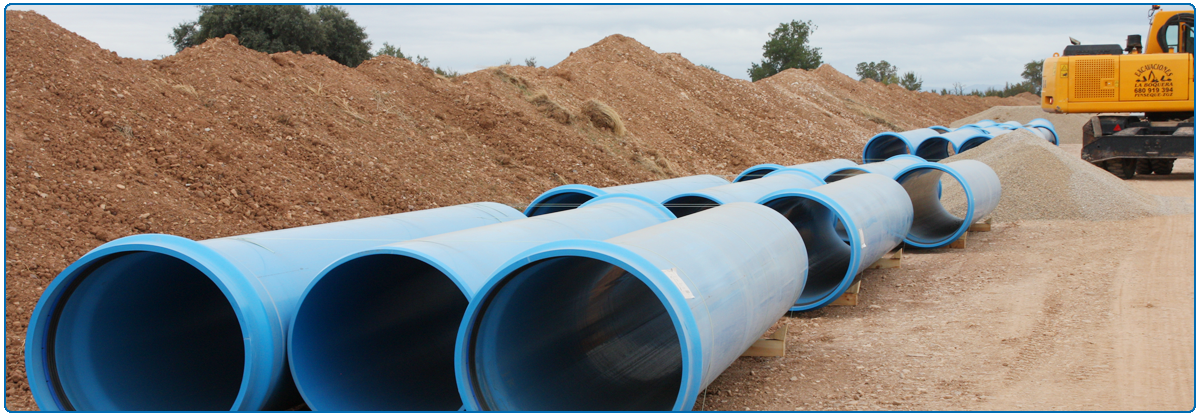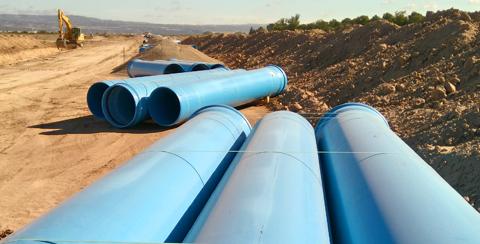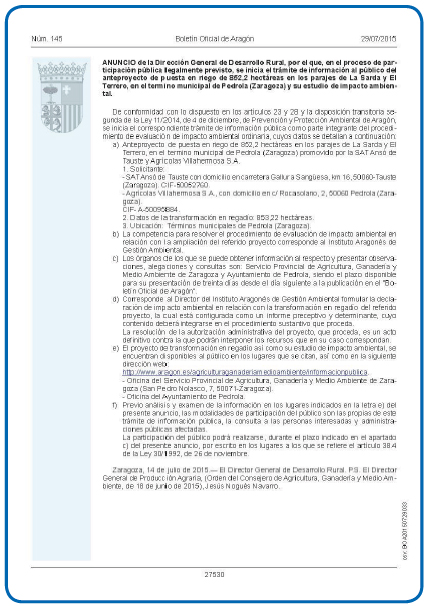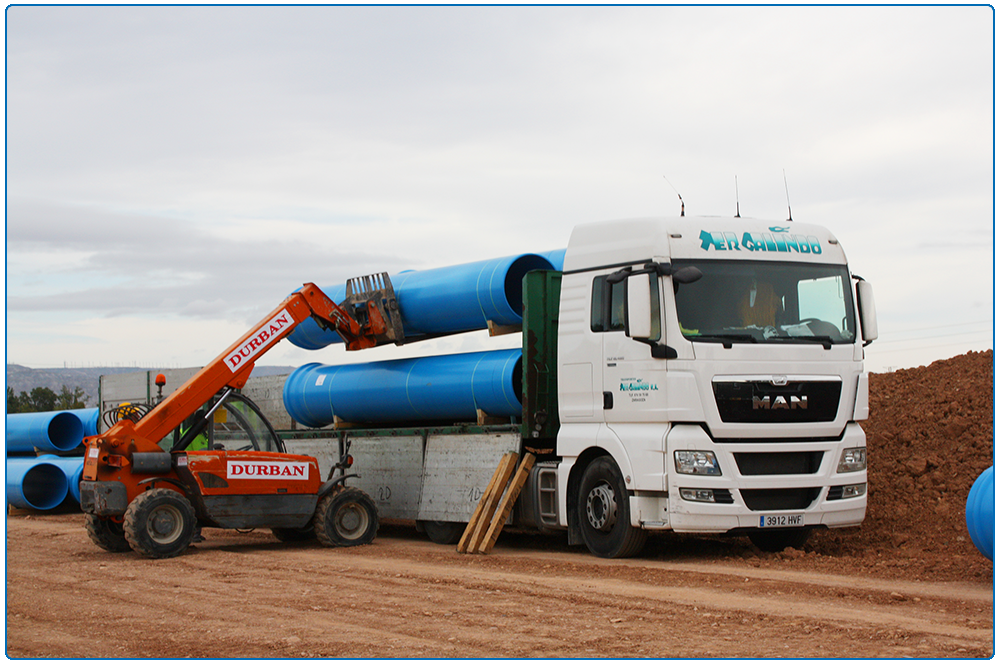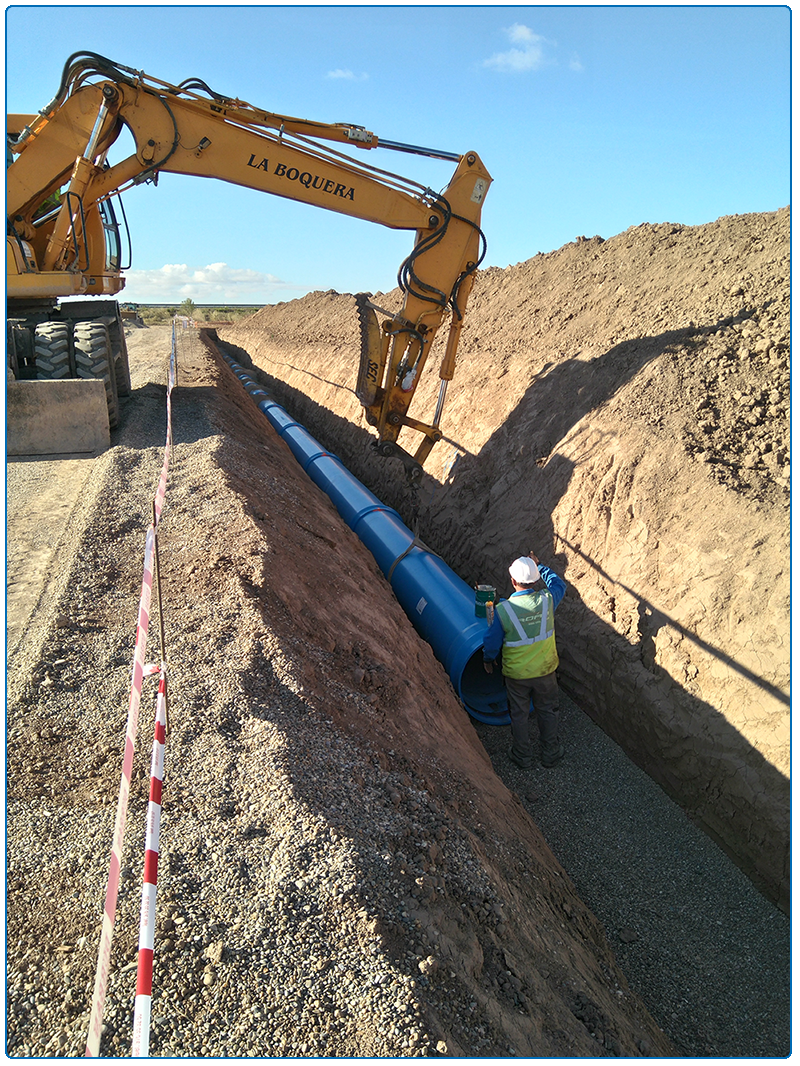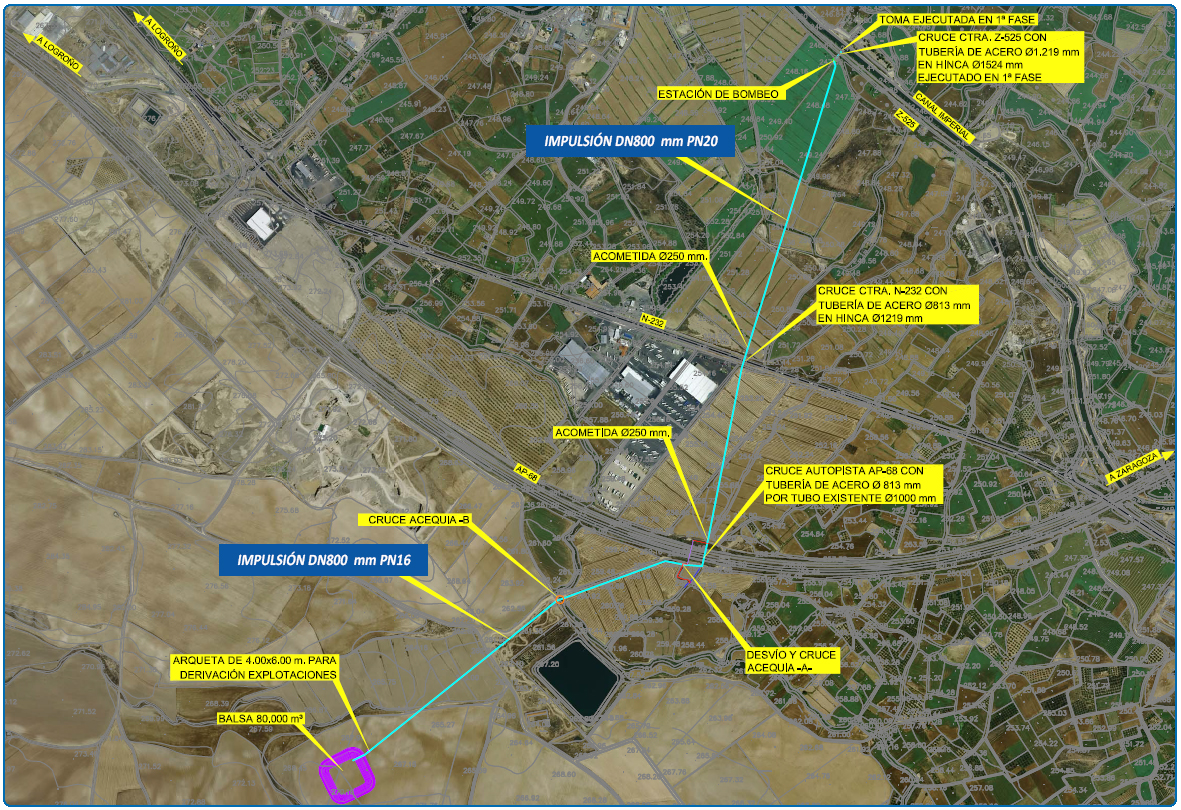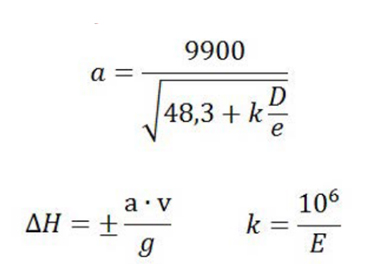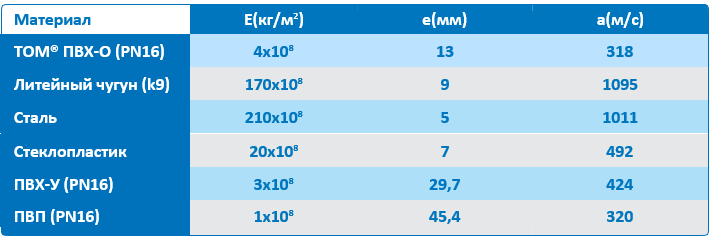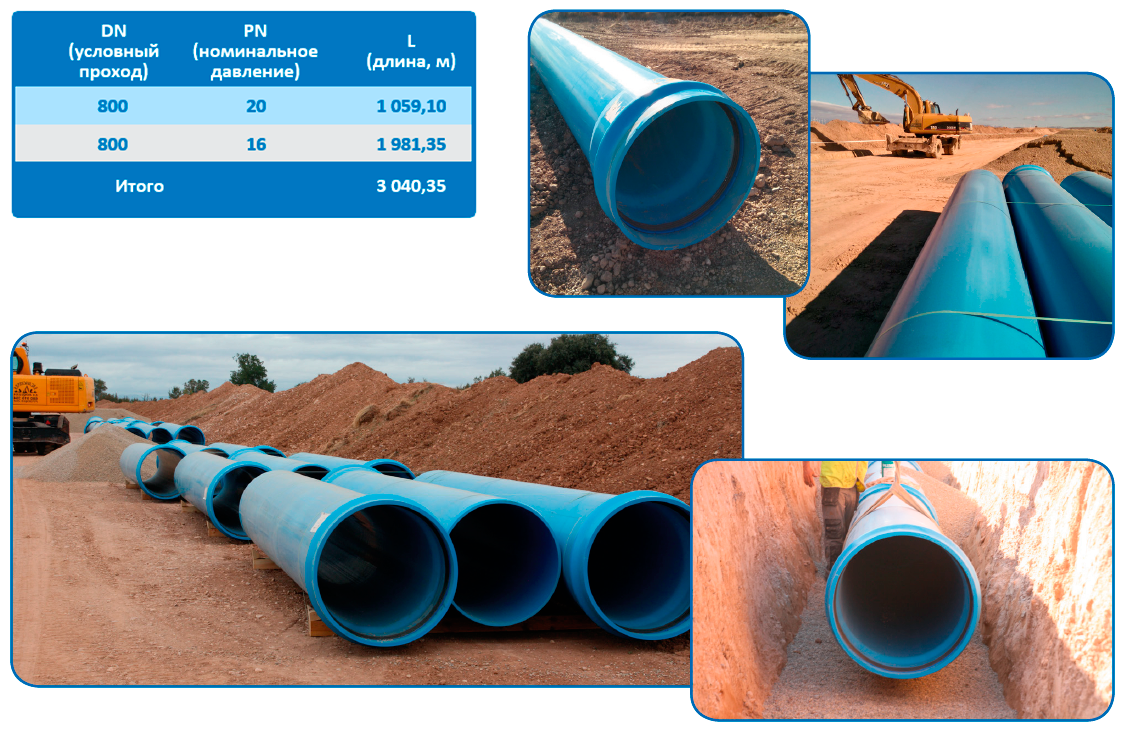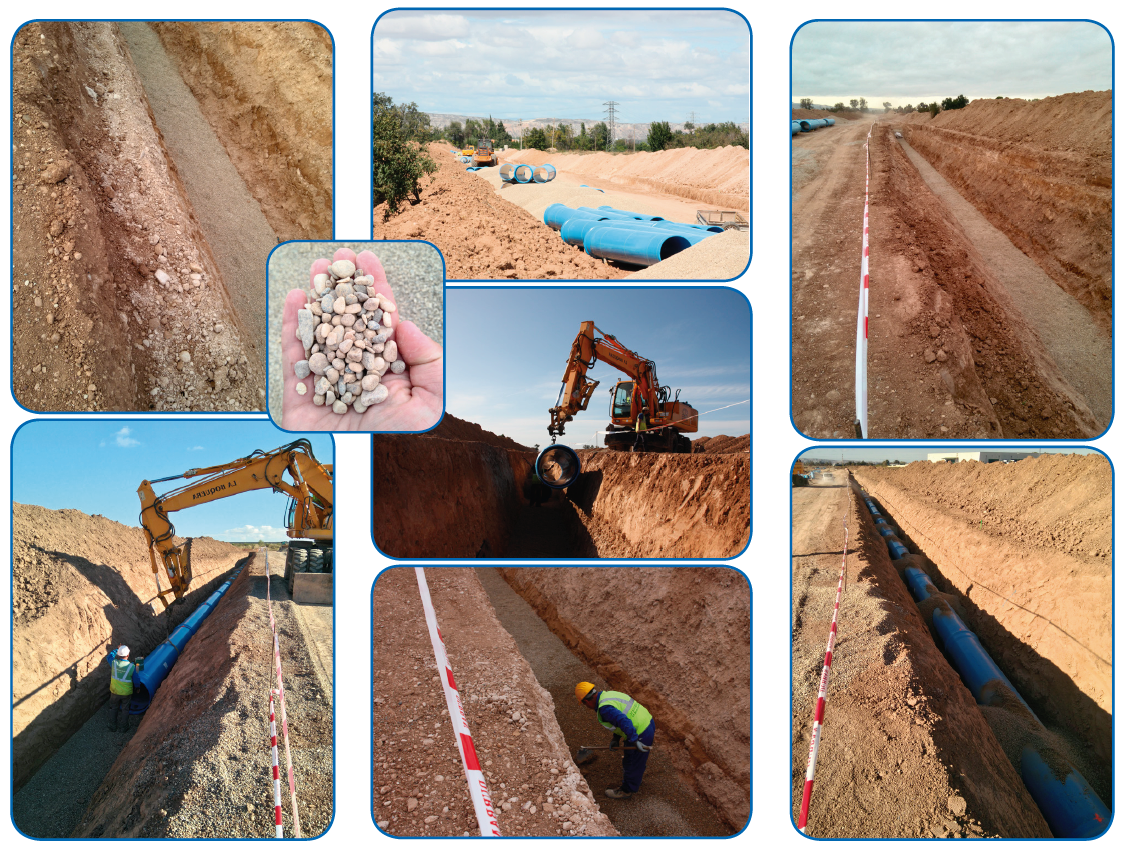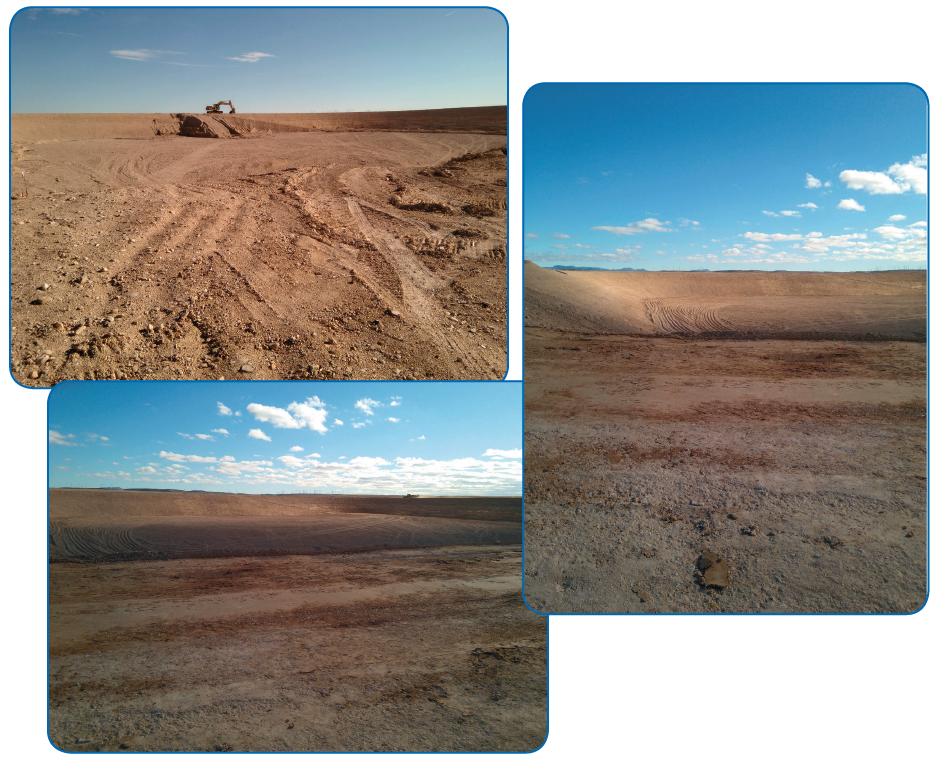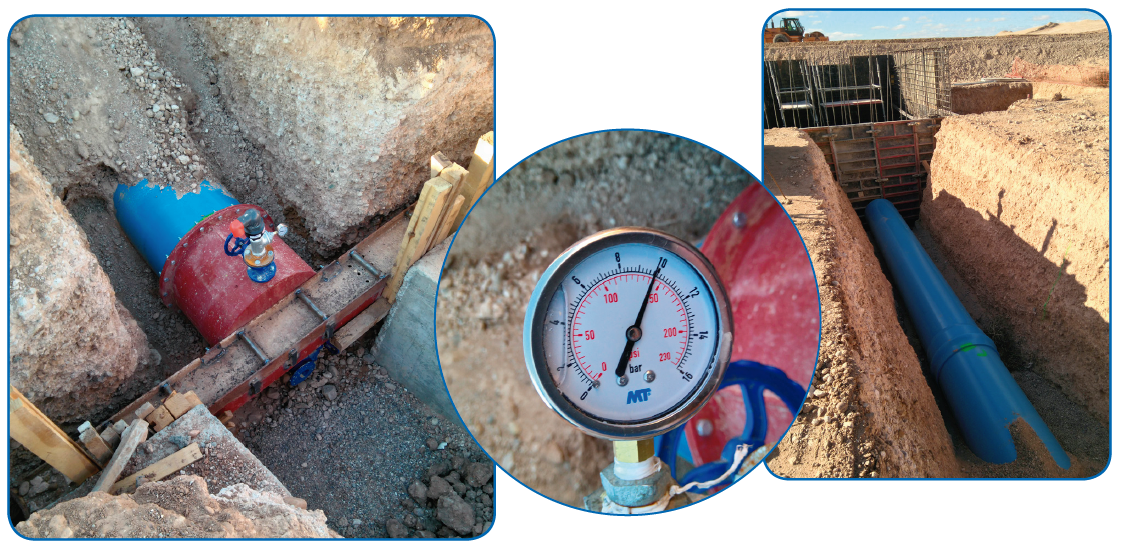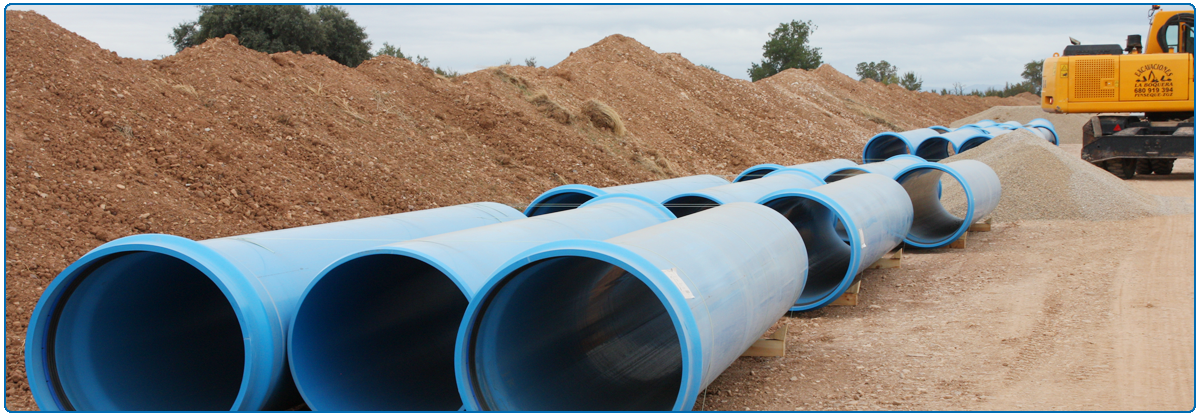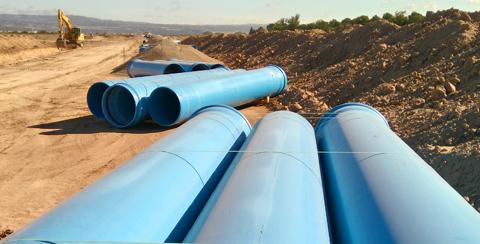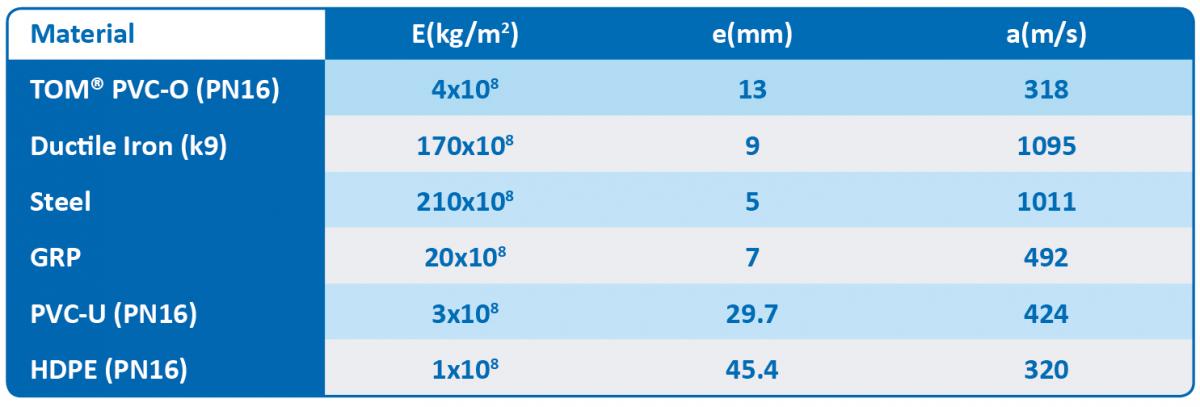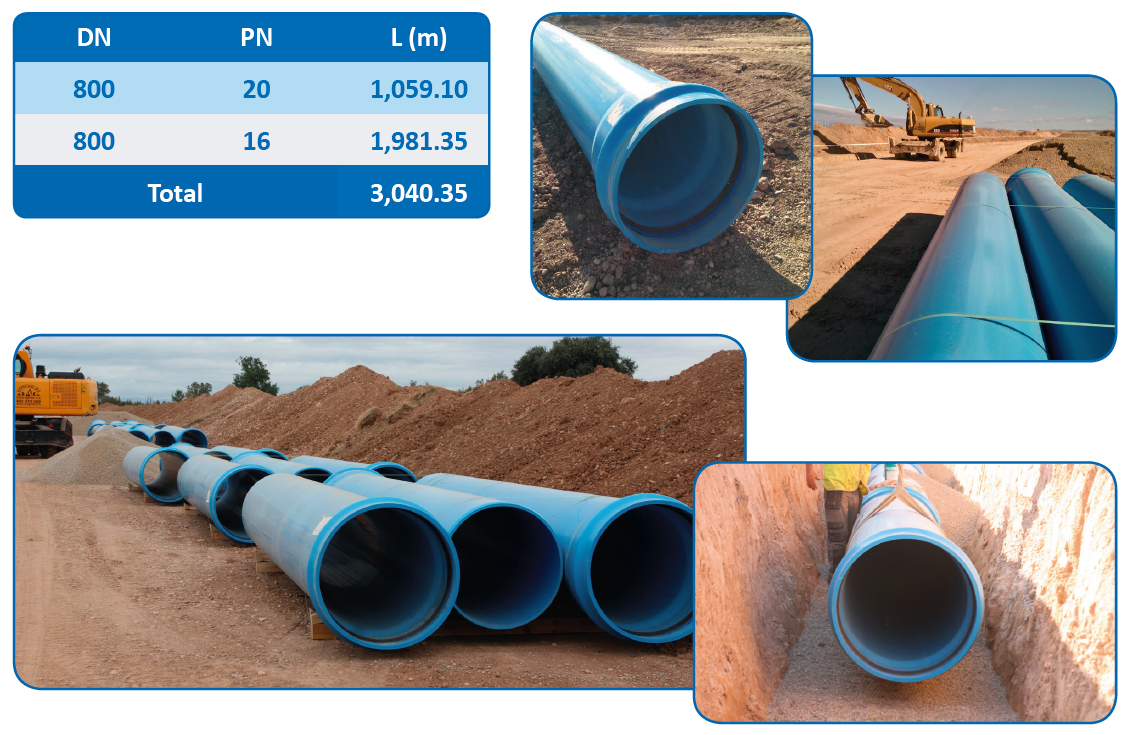1. Введение
В рамках программы по Модернизации сельскохозяйственных структур Валенсийского сообщества, запущенной по инициативе сообществ водопользователей в целях содействия рациональному использованию водных ресурсов в водопроводно-оросительных нуждах, был осуществлен Проект по обновлению системы водоснабжения и повышению энергоэффективности для оросительного кооператива Монкофара (Кастельон).
Работы по проекту проходили в муниципалитете Монкофар, расположенном в комарке Плана-Баха провинции Кастельон.
Изменения направлены на улучшение оросительных систем с целью использования гидроэнергетических ресурсов, что в дальнейшем позволит сэкономить средства и повысить уровень жизни водопользователей. Проект предусматривал модернизацию на 1883 участках общей площадью 750 га.
Сельское хозяйство являлось основой экономики для местного населения на протяжении нескольких десятилетий. Сельскохозяйственные угодья, на которых в основном выращивают апельсины, занимают всю территорию муниципалитета. В течение последних десятилетий территория угодий уменьшается в связи с городским и промышленным развитием, а также строительством путей сообщения.
Воду для орошения всего муниципалитета Монкофар получали из скважин, которые впоследствии были переоборудованы или заброшены на многие годы из-за засоления, увеличения насосной глубины или разрушения конструкции.
В настоящее время кооператив снабжают водой две скважины: Барранк-де-Бечи (муниципалитет Алькериec) и Педрера (муниципалитет Бурриана). Водоснабжение осуществляется посредством насосов производительностью 678 м3/ч. Скважины были пробурены в 1980 году, когда кооперативу пришлось перенести их месторасположение за пределы Монкофара из-за последствий засоления. В то время использовалось поверхностное орошение, что требовало значительного расхода воды на один гектар, на сегодняшний день во всех регионах, кроме Бобалар-Ноу, полив осуществляется капельным способом.
Скважины Барранк-де-Бечи соединяются асбестоцементными трубами диаметром 600 миллиметров на протяжении 2350 метров, которые, в свою очередь, подключены к асбестоцементным трубам диаметром 600 миллиметров скважины Педрера. С этого места проходят трубы диаметром 800 миллиметров, пролегающие на протяжении 4 120 метров параллельно трассе AP-7 вплоть до насосной станции. Насосная станция оснащена подземным резервуаром объемом 600 м3 и тремя насосами общей мощностью 250 л.с., способными разгонять скорость потока в главный резервуар 20 000 литров в минуту.
Нагнетание осуществляется по асбестоцементным трубам диаметром 700 мм на начальном участке, пролегающем параллельно трассе АР-7, на протяжении 890 метров, затем – по бетонной трубе диаметром 700 мм от пересечения трассы АР-7 до пересечения трассы CV2250, после этого места – по бетонным трубам диаметром 700 миллиметров на протяжении 2653 метров до главного резервуара.
На участке протяженностью 2653 метра, построенном в 1979-1980 годах, имеются серьезные проблемы работы трубопровода из-за сплошных трещин на бетонных и асбестоцементных трубах диаметром 700 миллиметров.

